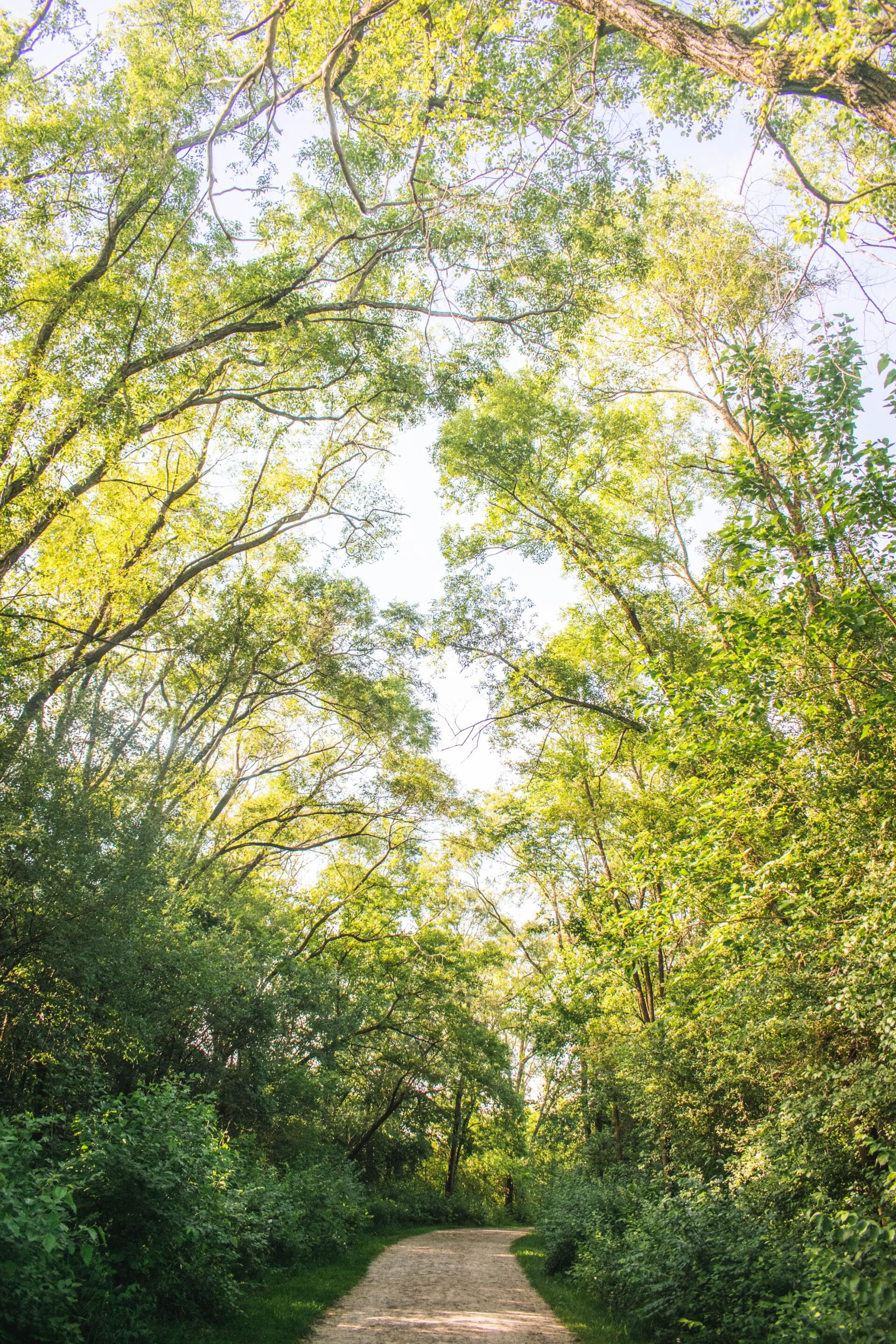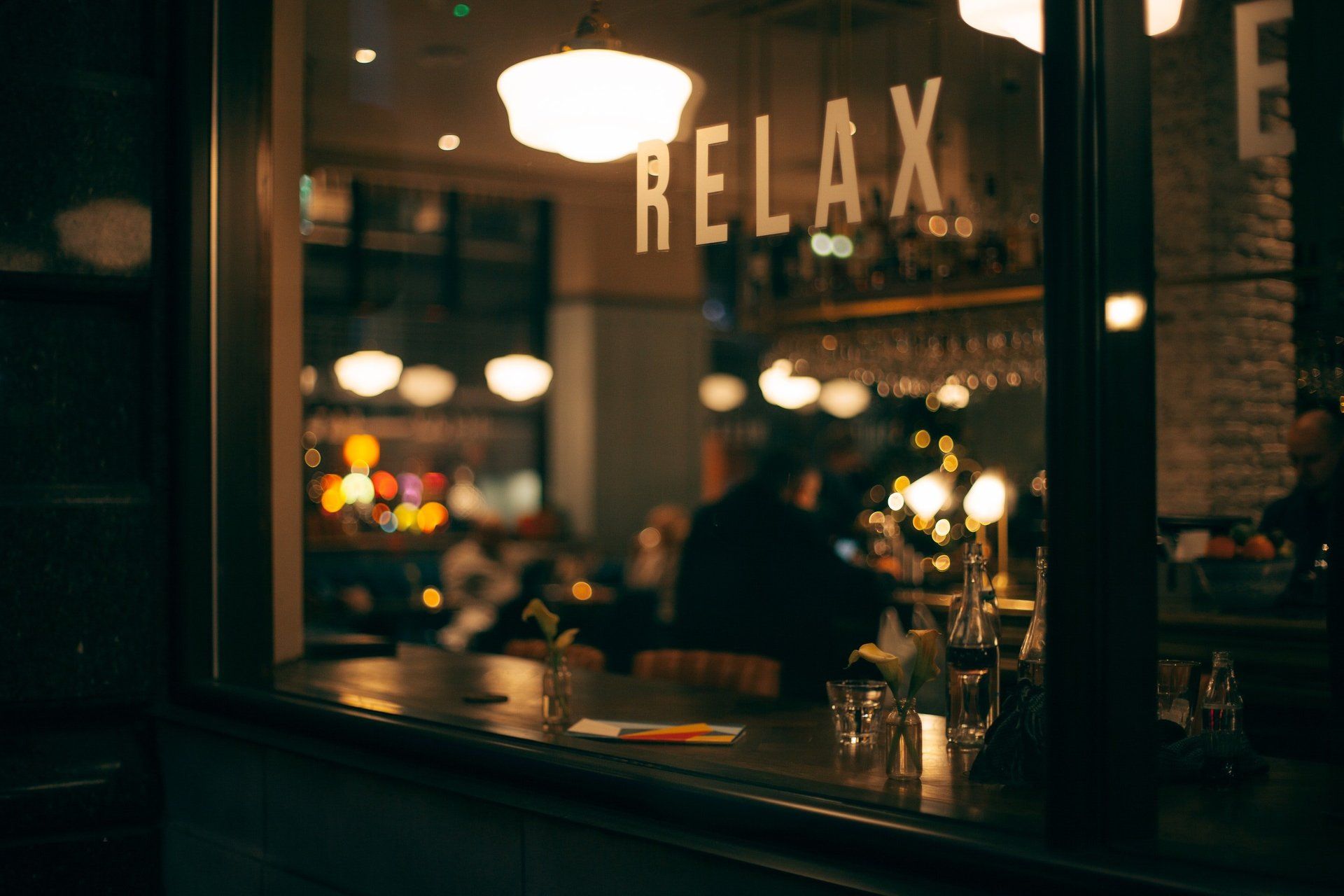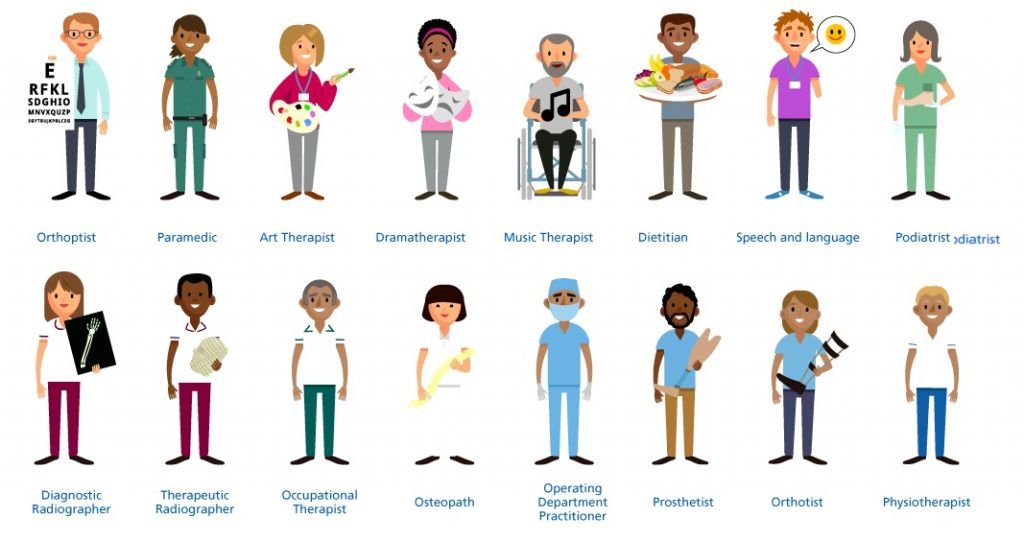Meditation for Beginners
Start your journey of Meditation
In this Blog you will find a brief explanation and tutorial on some Meditation techniques you can try yourself in your home and local area. We will be going over some walking meditation exercises and some sleep/napping techniques to help you clear your head and mind so you can focus on the important things in life.
Walking Meditation:
There are many ways in which you can execute walking meditation exercises, such as walking in the open fresh air to some calm uplifting music or slowly walking around the house bare foot. Today we will dust the surface of walking meditation in a couple different ways.
Firstly, when carrying out a meditation exercise you need to keep an open mind and be calm throughout the process. Whether you choose to go for a walk in nature, your local town or simply in your own home, it is important to relax and gain something from the process.
Going for a walk outside:
Now it doesn't matter if you live in a town, city or the middle of nowhere, you can still have a meditation style walk. When you get outside and begin, start by taking in your surroundings and tap in to your senses. Notice the sounds and smells in your area. Whether they are pleasant or not. Try to notice them but don't dwell on each note and learn to let go of a smell and move your focus onto something else, for example the sounds of a passing car or the chirp of a bird in a tree.
The weather is very important when it comes to mediation and being out in the elements. The weather can affect your mood massively. Try not to let the weather dampen your mood and ensure to maintain a focused mind.
Simply begin the walk by "walking". When you get going, start to feel the movements you are taking and let your arms naturally swing from side to side with your legs in motion like a tandem. After you get into a rhythm bring your attention back to the sensations in the soles of your feet and how your feet feel, whether you're on flat hard ground or soft and un-even.
Walking in your Home:
There can be many factors that prohibit us from walking outside, from the weather to your health. This is why it is important to walk anywhere you can, even in your own home. When you walk around your home, slowly move between rooms with bare feet and feel the movements from each step. Linking with rhythm, feel the pace every time your feet touch the carpet or solid tiles.
As you are in your own home you will know the lay out and you can start to slowly walk around with your eyes closed. If you have lived in your home for a long time then you will have the muscle memory to know where doorways and obstacles lie. If you aren't comfortable with that then squint your eyes or slightly close them so you can still have that closure for where obstacles are but you are getting your eyes used to the darker environment. This will help you focus, as you are eliminating one of your senses (sight). Alternatively you can turn your lights off in your home on an evening to replicate the same feeling.
Power Napping:
1 in 3 adults don't get sufficient sleep and experience sleep deprivation over time. Experts report that 7 - 9 hours of sleep per day is required to maintain physical and mental peak performance. However, that is very unrealistic with busy lives, children, work etc. This is where power napping can become extremely beneficial. To be able to have a power nap you generally need to already have a good sleeping pattern. If you have trouble getting a decent sleep, try to work on that first before moving onto power napping, because if you struggle sleeping on a night then napping will just make it even more difficult to get to sleep.
Power napping has many benefits including increased moods, better alertness and improving memory recall. Power napping is all about light sleeping for short periods of time and thoroughly resting for 10 - 30 minutes.
The nap should only be short because the body doesn't naturally fall into deep or REM (rapid eye movement) sleep until on average 60 - 90 minutes in, which means in having a power nap you can enjoy light sleep and not wake up with the consequences of being awoken from deep or REM sleep which can cause disorientation and grogginess. The body should naturally be awoken or woken before the sleeper gets into deep or REM sleep as it can be unhealthy to wake up otherwise.
When getting ready for a power nap you need to think of several things, for example the location and the noise level of the area. If you are napping at work, then an office or your car are good places to start as you have more chance of getting some rest with no one disturbing you. If you work from home you can get some peace in your bedroom, although you should be careful if you nap in your bed as it can be so easy to over sleep as it can be too comfortable. Over time you will find an area which is comfortable enough to sleep but not too comfortable that you will over sleep or not want to get back to work. As a power nap only needs to be 10 - 30 minutes, finding a peaceful place to nap is extremely important as you want to get to sleep as quickly as possible. Having a dark area to power down in is also very important as it makes it easier for your eyes to rest. When it comes to napping in your car it is important to note that parking under a tree or in a shaded area is beneficial because the shade is more likely to keep you from overheating and makes the napping area darker and therefore easier on your eyes.
Sleep Foundation suggest these 5 following areas for napping:
- At home
- In the fresh air
- At work
- In the gym
- Between classes
Obviously every location has its pros and cons, for example, napping in the fresh air can be risky if you aren't in an enclosed environment as you risk some of your belongings being stolen. This is why we would suggest if you want to sleep in the fresh air, to try and do this in your garden. If that's not possible, open a window in the room you are napping so you get some air flow. Another alternative is to nap when your friends are with you so you will be safer, for example if you are a student and you and your friends are studying, it is safer to have a quick power nap when they are around, like on a school field or park.
When napping at school or college, ask a teacher if you can use an empty classroom or staff room/area for napping. If you ask someone higher up in the school, a head of year for example will be more likely to find an area for you as they have more authority.
Power napping is not a good idea for everyone, for example if you suffer from insomnia or have trouble sleeping well at night then the power napping process is probably not the best thing for you. Try working on sleeping at night before trying to power nap. (Information below)
Ways to promote good sleep:
One key thing to promote a good nights sleep is making sure you wind down properly. There are many ways that you can help your body to relax and slow your mind down to be calm. One way to do so is to run a warm bath, this is ideal as a warm bath will help your body reach the optimum temperature for rest. Try not to run the bath too hot though. As a rule of thumb try and avoid using electronic devices for at least 45 minutes before you go to sleep. The best method for this is to turn them off, put them on silent, or leave them downstairs or in another room when you come upstairs to wind down.
Another way to wind down is by listening to music, or stretching before bed. Listening to quiet music will help your body relax and reduce anxiety. Stretching will help your muscles relax and feel more comfortable. The most common way of settling down on an evening is reading. It is a tried and true method of winding down on a night and getting your body ready for sleep as it is very therapeutic.
Waking up is just as important as going to sleep. The best way to feel well rested and strong for the day is by letting your body naturally wake up. It is vital to not wake someone up because (as said earlier in the blog) people who get woken up don't have the opportunity for their body to adjust and this causes grogginess and disorientation. This can also lead to a poor nights sleep the following night. If you need somebody to wake you up or you need to wake someone up then try and do it gradually, this can be done by slowly opening a curtain/blind in the room or making some quiet background noise.
As we all live busy lives it can be unrealistic to allow your body to naturally stir and wake up in the morning. In this case, try and wind down and get some rest earlier in the evening so your body has the maximum time to rest until your morning alarm goes off. After a couple of weeks if this is working, your body will get into a routine and start to naturally wake you up in the morning around the time of your alarm. Waking someone up from a power nap is fine, as the purpose of the nap is to get some light rest and therefore if woken you will not be woken in deep sleep or REM sleep which is what you want to avoid.
Sleep hygiene is vital in healthy living, and it simply means going to sleep and waking up at roughly the same time each and everyday. This makes your body used to the routine and consequently improves your moods and decreases physical fatigue.







